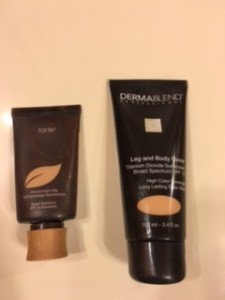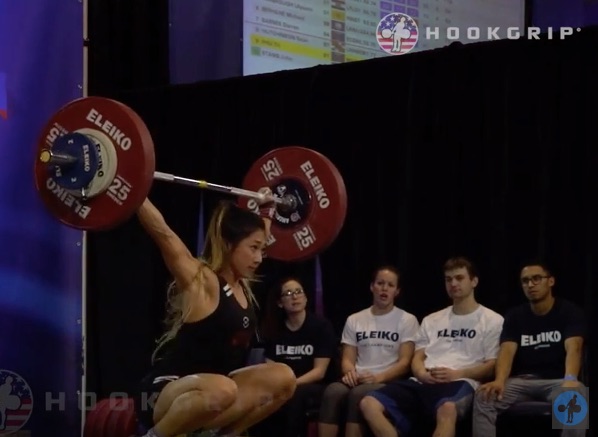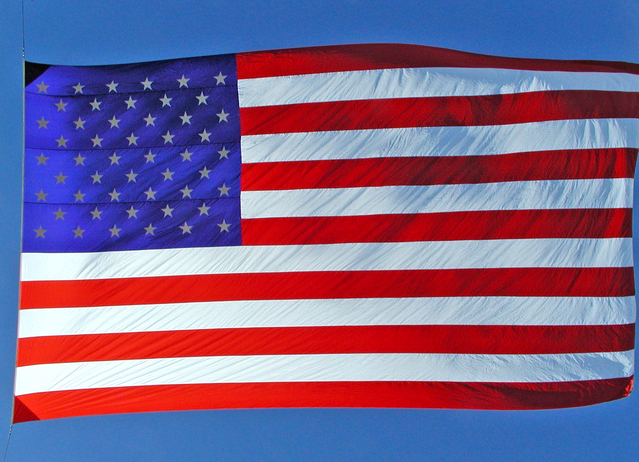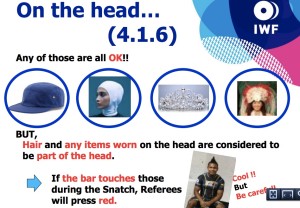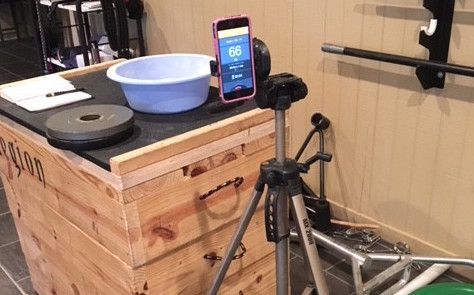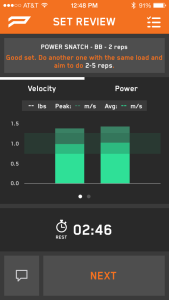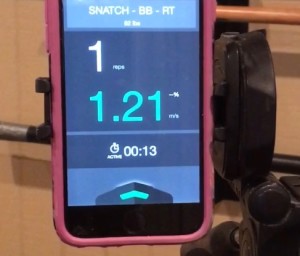It was 73F today here in Northeast Texas. On December 12.
On the one hand this was great because I got to do farmers carries in a t-shirt and shorts. On the other hand, I had to go to a semi-formal holiday party this evening.
So what you are asking yourself. Well I am a woman. Women wear dresses to parties. When it is hot, they do not wear stockings with their dresses. And I am currently sporting the lovely bruised gash you see above on the front of my shins from trying to show a new lifter what triple extension looked like and accidentally finishing that demo by landing on a barbell with my shin (yeah, don’t ask. It was exactly as not graceful as it sounds).
This is a conundrum because I really hate to listen to people tell me how awful lifting is for my health and I really, REALLY don’t want to explain how I got this stupid gash (which is much more bruised and awful looking in person).
So I went to the local Alta store and asked for the some cover-up heavy enough to cover tattoos. I also called my bestie who suggested one of these products.
So voila! A combination of these two products was magical and completely erased the gash and the surrounding bruising after the application of around 6 layers of product with an application of powder to seal it.
Dermablend professional leg and body cover mixed half and half with Tarte Amazonian Clay full coverage foundation. Both available at Alta, at least the Tarte is likely available at Sephora if you don’t have access to Alta. I asked a professional at Alta to help me color match to my skin.
Now if you’re a guy you probably stopped reading this a long time ago. But ladies, if you a know a guy that lifts, tell him about this combo. I’ve socked myself with a heavily loaded bar doing jerks and bruised my chin, but hey at least my bar path was straight. Guys may wear their bruises with pride, but they may need to go to an interview or corporate event not looking like a street fighter.
As far as my limited experimentation goes, this works on scabs, bruises and birthmarks. Your mileage may vary.
DISCLAIMER: THIS IS NOT AN AFFILIATE AD, JUST MY OPINON

